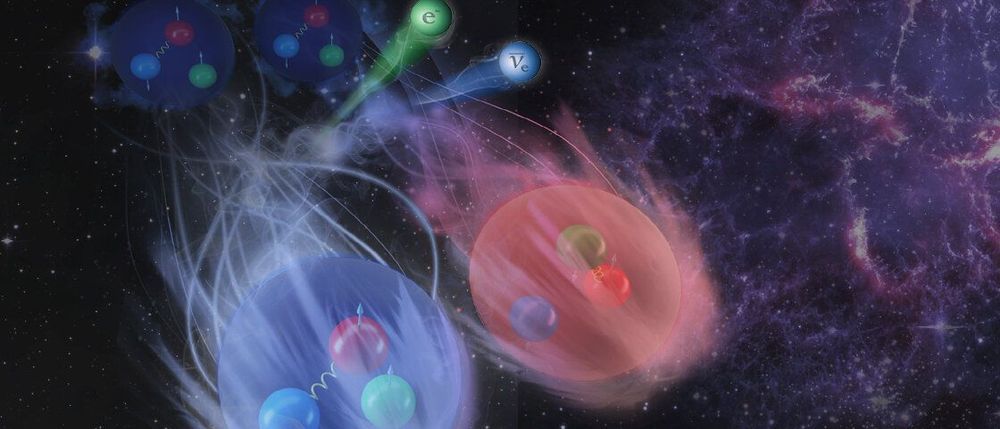An international collaboration including scientists at the Department of Energy’s (DOE’s) Oak Ridge National Laboratory (ORNL) solved a 50-year-old puzzle that explains why beta decays of atomic nuclei are slower than what is expected based on the beta decays of free neutrons.
The findings, published in Nature Physics, fill a long-standing gap in physicists’ understanding of beta decay, an important process stars use to create heavier elements, and emphasize the need to include subtle effects—or more realistic physics—when predicting certain nuclear processes.
“For decades, scientists have lacked a first-principles understanding of nuclear beta decay, in which protons convert into neutrons, or vice versa, to form other elements,” said ORNL staff scientist Gaute Hagen, who led the study. “Our team demonstrated that theoretical models and computation have progressed to the point where it is possible to calculate some decay properties with enough precision to allow for direct comparison to experiment.”
